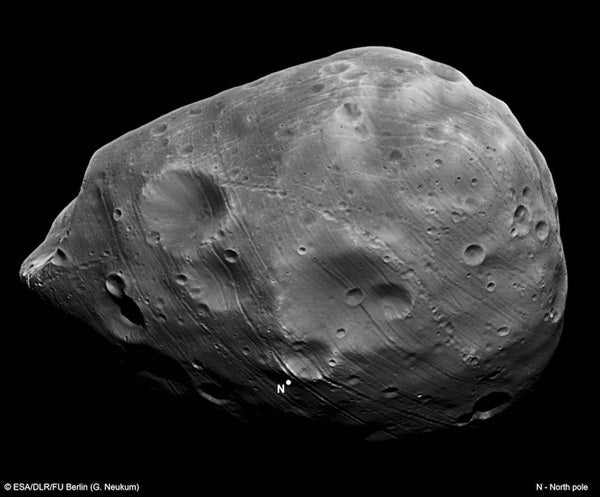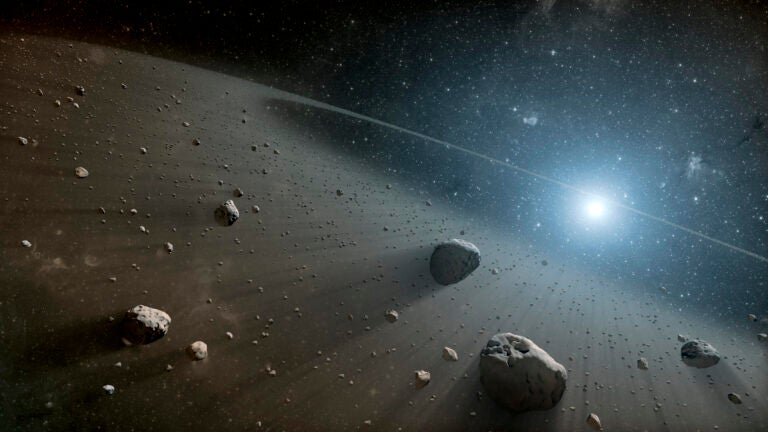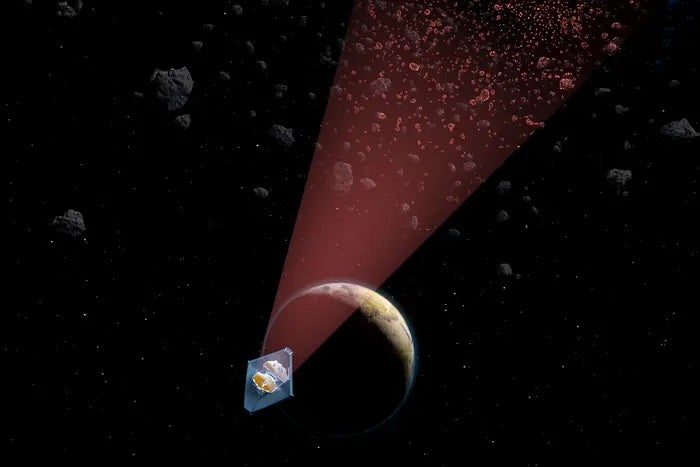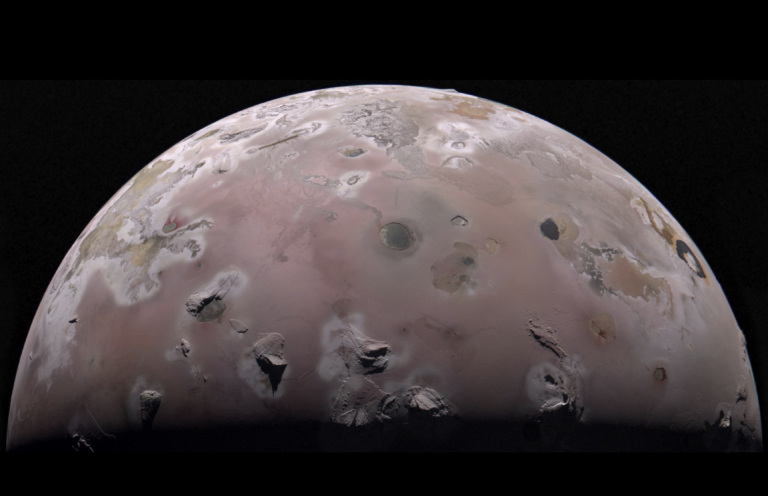The weird shape of the puny 14-mile-wide moon means that its gravitational field significantly varies along its surface. And since the moon already has so little mass, a tiny variation in its gravity can make all the difference.
In fact, because gravity is inextricably tied to weight, a 150-pound person would weigh about 2 ounces on Phobos. But the researchers say that there are some places on the moon where the gravity is weak enough that traveling any faster than normal walking speed — about 3.1 miles per hour— could cause you to stroll right off into space, where you’ll most likely end up orbiting Mars itself.
On the other hand, the study also found there are certain areas on Phobos where you — or more realistically, a rover — would be able to briefly zip along the surface at almost 22.5 miles per hour. For comparison, the fastest recorded human, Usain Bolt, has been clocked running at 27.8 miles per hour.
Considering that two Russian missions, Phobos 1 and Phobos 2, have already failed to make it to the tiny world, and that a Japanese landing mission to Phobos is tentatively planned for launch in 2024, the more we can learn about Phobos’ asymmetrical gravitational field, the better.










